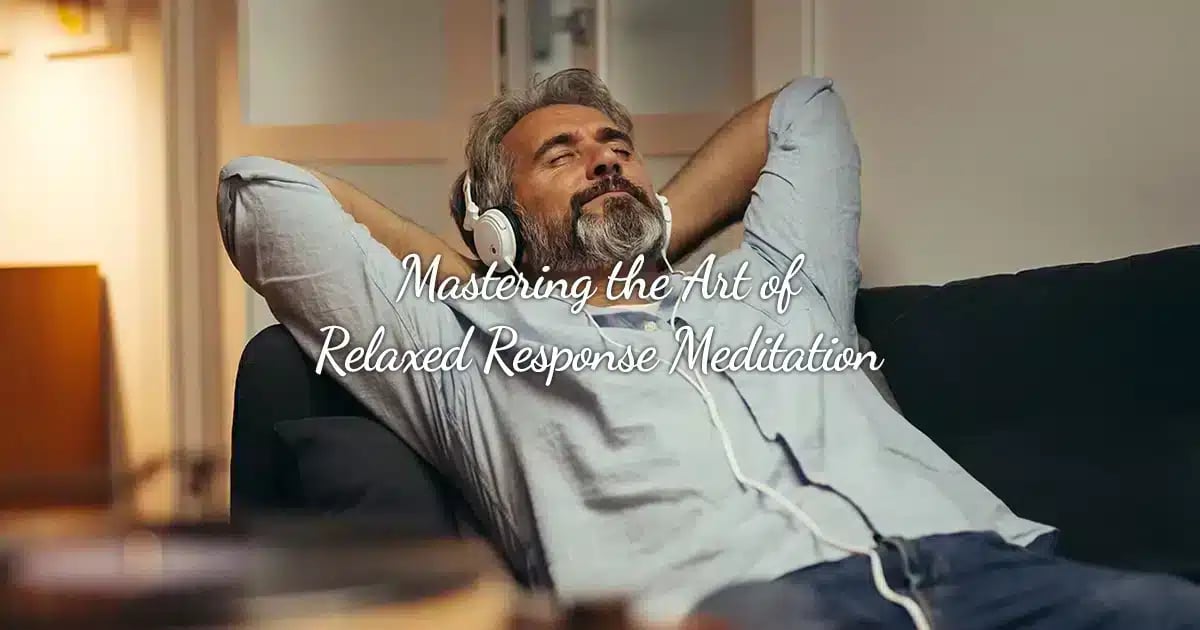
A Step-by-Step Guide to Meditation for Beginners
Are you interested in starting a meditation practice but don’t know where to begin? I would like to provide you with a comprehensive guide to help you embark on your meditation journey. Whether you’re seeking stress relief, inner peace, or simply a moment of tranquility in your day, meditation can be a powerful tool to cultivate a calm and centered mind. So, let’s dive in and explore the basics of meditation, different techniques, finding a suitable posture, managing distractions, and establishing a regular practice.
An Introduction to Meditation Techniques
First, let’s start with the basics. Meditation is a practice that involves training your mind to focus and redirect your thoughts. It’s about creating a space of stillness and presence within yourself. There are various techniques you can choose from, depending on your preferences and goals. Let’s explore a few popular ones.
- Mindfulness Meditation: Mindfulness is the art of being fully present in the moment. It involves observing your thoughts and sensations without judgment. To practice mindfulness meditation, find a quiet and comfortable place to sit. Close your eyes and bring your attention to your breath. Notice the sensation of your breath entering and leaving your body. Whenever your mind wanders, gently bring it back to your breath. This practice helps cultivate awareness and calm in the present moment.
- Loving-Kindness Meditation: This technique focuses on cultivating feelings of love, compassion, and kindness towards yourself and others. Find a comfortable posture and close your eyes. Begin by silently repeating positive phrases such as “May I be happy, may I be healthy, may I live with ease.” Gradually extend these phrases to include others, starting with loved ones, then expanding to acquaintances and even people you may have difficulties with. This practice helps foster a sense of connection and empathy.
- Guided Visualization: Guided visualization involves using your imagination to create a peaceful and serene mental image. Find a quiet space and listen to a guided meditation recording or follow along with an app. Close your eyes and let your mind create a vivid scene, such as walking through a beautiful forest or sitting by a calm ocean. Allow the sensations and details of the visualization to immerse you in a state of relaxation and tranquility.
Now that you have an idea of different meditation techniques, it’s important to find a suitable posture for your practice. Choose a position that is comfortable and allows you to sit with an upright spine. You can sit cross-legged on a cushion, use a meditation bench, or even sit on a chair with your feet planted firmly on the ground. The key is to find a position that promotes relaxation and alertness.
Managing distractions is a common challenge in meditation, especially for beginners. It’s natural for thoughts to arise during your practice. Instead of getting frustrated or trying to suppress them, simply acknowledge their presence and gently bring your attention back to your chosen focus, whether it’s your breath, a mantra, or a visual image. With time and practice, you’ll become more skilled at letting go of distractions and returning to your center.
Nurturing Your Meditation Practice
Establishing a regular meditation practice is essential for reaping the benefits. Start with short sessions of 5-10 minutes and gradually increase the duration as you feel more comfortable. Consistency is key, so try to set aside a specific time each day for your practice. It could be in the morning, before bed, or during a lunch break. Find what works best for you and make it a non-negotiable part of your routine.
As you embark on your meditation journey, remember to approach it with patience and self-compassion. Don’t strive for perfection or expect instant results. Meditation is a lifelong practice that unfolds gradually. Each session is an opportunity to nourish your mind, body, and spirit. Be gentle with yourself and allow the practice to unfold naturally.
I hope this step-by-step guide has provided you with the knowledge and motivation to start your meditation practice. Remember, there is no right or wrong way to meditate. What matters most is your willingness to show up and cultivate a sense of inner stillness and presence.
So, find a comfortable seat, take a deep breath, and embark on this beautiful journey of self-discovery and inner peace.
Adam Bernard is a digital entrepreneur and the founder of several successful ventures, including Lynx Digital Marketing and the AI strategy platform gibLink.ai. With deep experience navigating every major shift on the digital frontier, his work today is focused on his “Human + AI Co-Creation” model, a framework for making artificial intelligence accessible and actionable for businesses of all sizes.
Adam’s unique “balance-brained” approach blends creative problem-solving with technical execution, helping clients and students transform complex challenges into tangible opportunities for growth.
Mastering the Art of Relaxed Response Meditation is an enlightening journey, a tranquil odyssey into the realm of quietude. This transformative practice taps into inner peace, fostering a serene response to life's upheavals. Embrace this soulful, liberating art, and transcend the cacophony of life's chaos, one breath at a time.
In our fast-paced world, stress and distraction have become daily adversaries. Discover the transformative power of meditation, an ancient practice now backed by modern science. Learn techniques that not only alleviate stress but also enhance focus, opening the door to a more serene and productive life.
In a world filled with noise and chaos, finding self-kindness can feel elusive. However, through meditation, we can cultivate this vital quality, creating a sanctuary within ourselves. This article explores the transformative power of meditation in fostering self-kindness, offering a pathway to inner peace and compassionate self-awareness.
Discover the transformative power of self-compassion in six simple steps. Learn to silence self-criticism, cultivate kindness towards yourself, and unlock a new level of emotional wellbeing. Turn life's challenges into stepping stones as you foster resilience, positivity, and self-love. It's time for a kinder inner dialogue.






